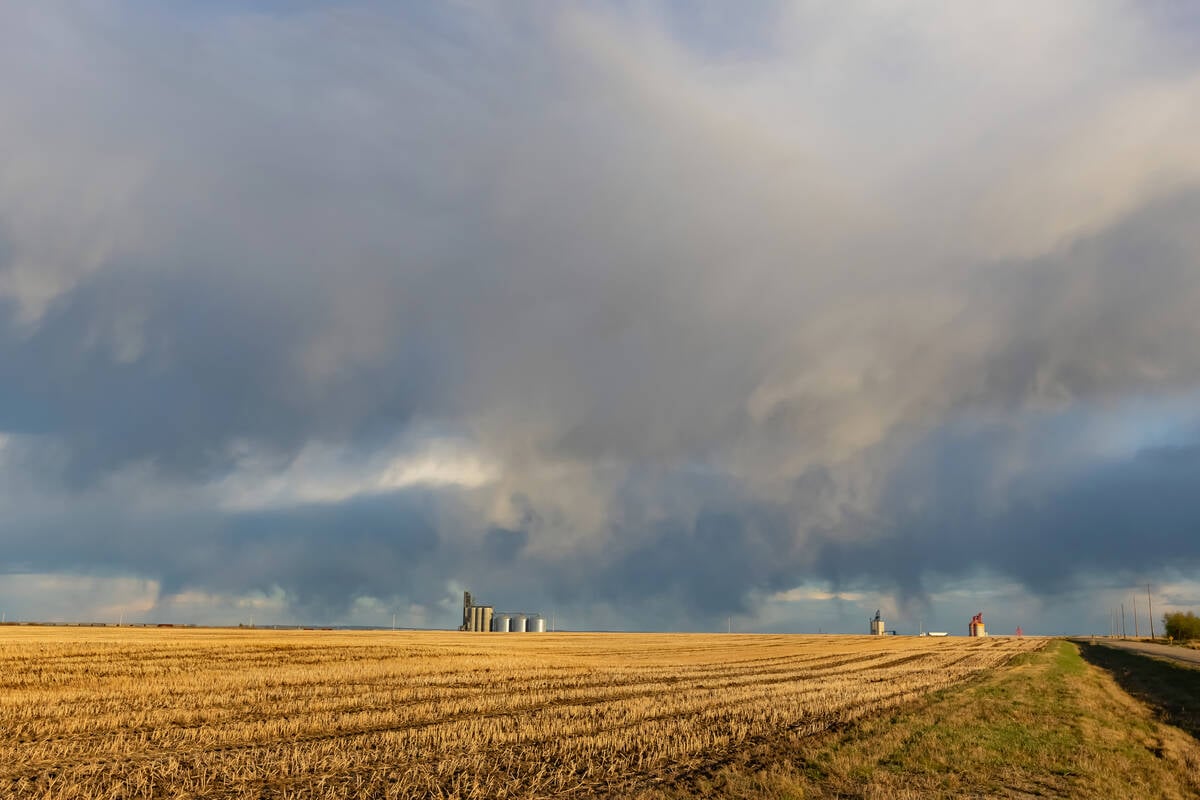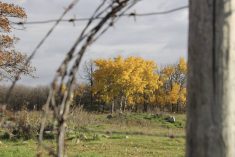A rural municipality in Manitoba’s waterlogged Interlake region will get public funding to develop models for better dealing with excess water.
The Manitoba and federal governments on Monday pledged a total of over $860,000 for the RM of Bifrost’s Excess Water Management Model initiative.
The initiative is expected to help form a farmer/municipality/government partnership to study, make recommendations and set up an action plan to manage excess moisture on farmland in the RM, about 100 km north of Winnipeg on the west side of Lake Winnipeg.
Read Also

Prairie forecast: Active pattern continues with mostly-dry west, wet start for east
The active pattern that we saw last week looks to continue into this forecast period which means more chances for rain, possibly some wet snow and a continuation of the temperature rollercoaster ride.
When developed, the model may then be used by jurisdictions “facing similar circumstances,” the governments said.
Keystone Agricultural Producers, the province’s general farm group. noted in a separate release that developing such a model is “a positive step forward in addressing excess moisture and flood conditions on farm land in the hard-hit Interlake region and across the province.”
Producers in the Interlake have “suffered due to excess moisture and flood conditions over multiple years,” KAP noted.
“Manitoba producers are responsible stewards of the land and understand that flood management and excess water on fields affects the delicate balance between nature and sustainable agriculture land use,” provincial Ag Minister Stan Struthers said in Monday’s joint federal/provincial release.
“This new water management approach can have a major impact on how we work with producers in the future to improve how we address the challenges of flooded agricultural land in Manitoba and across Canada.”
“Need for strategy”
Bifrost, within whose borders are the separately-governed town of Arborg and village of Riverton, will also provide an in-kind contribution of $24,000.
“We know there is a need for a workable drainage strategy here in the province, especially under high moisture conditions,” KAP president Rob Brunel, a grain grower at Ste. Rose du Lac in the province’s northwest.
However, KAP said Monday, while the group believes such a management plan is important, “funding must also be committed to infrastructure related to drainage and maintenance.”
The government’s contributions to the initiative will flow through the AgriFlexibility fund, a five-year, $500 million fund for projects improving competitiveness and adaptation.
Among the fund’s goals are to back projects that can help dial back farmers’ cost of production or improve environmental sustainability for a given sector.
















